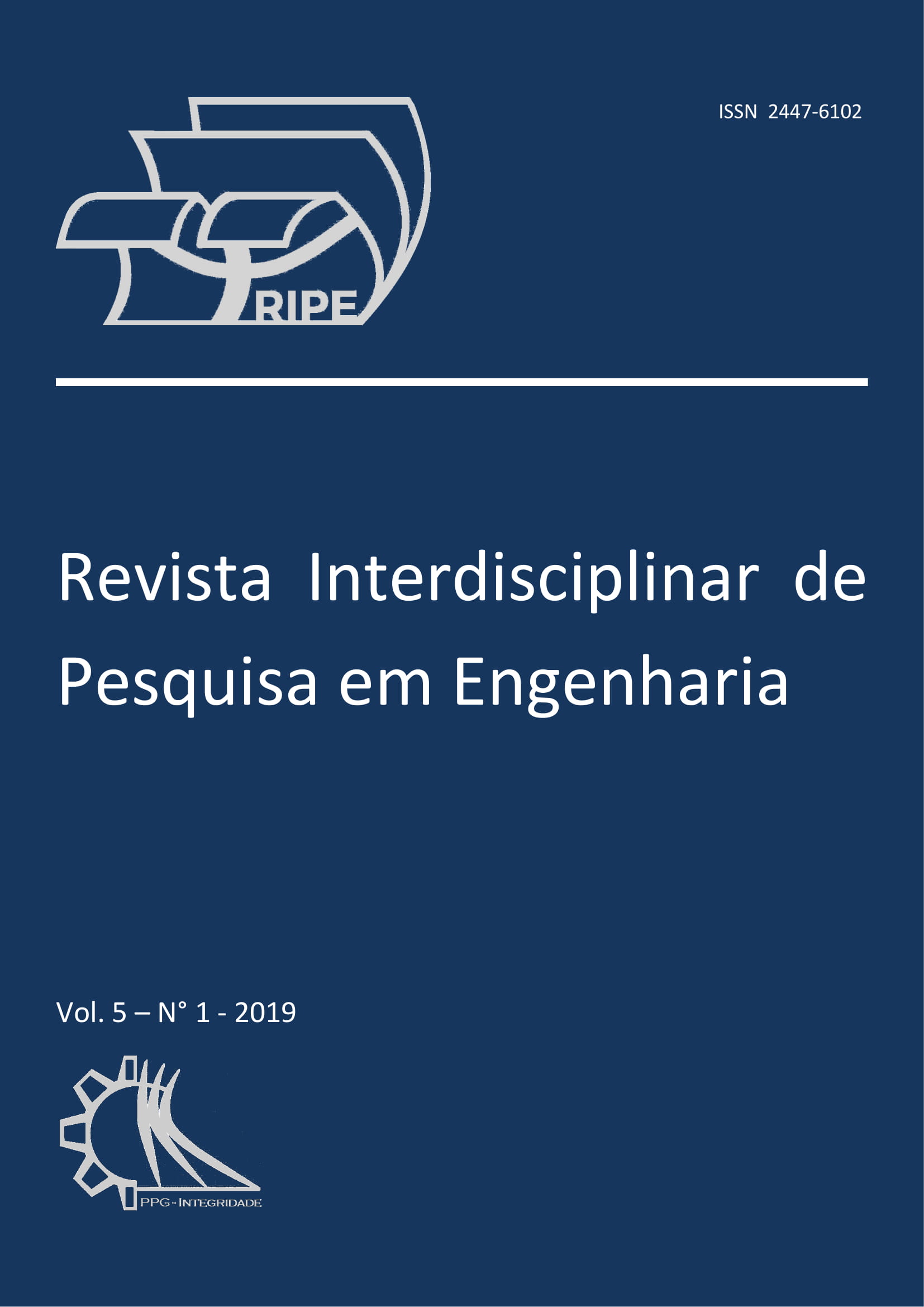DETERMINATION OF THE FAILURE PROBABILITY IN A BUILDING SUBJECTED TO A SEISMIC EXCITATION
DOI:
https://doi.org/10.26512/ripe.v5i1.19114Keywords:
Failure probability. Seismic excitation. Kanai-Tajimi. Random parameters.Abstract
This paper presents a methodology for the determination of the failure probability of buildings subjected to a seismic excitation. Uncertainties in the parameters of ground and of structure are considered. The seismic excitation is defined as a one-dimensional stochastic process, which is simulated by passing a Gaussian white noise process through a Kanai-Tajimi filter, in which the frequency, damping and peak ground acceleration are random parameters. A 10-storey building is analyzed, in which the dynamic response is calculated taking into account the randomness in its mass, stiffness and damping ratio. For illustration purposes, 3,000 computational simulations, in MATLAB software, are carried, considering three types of soils in a region located in Peru. The mean maximum values, in modulus, of the displacements and accelerations, the inter-storey drift and the failure probability of the building are calculate. A maximum value for the interstorey drift are considered as a limit state for damage. The results show that high failure probabilities are obtained in soils with frequencies located between the natural frequencies of the first two vibration modes of the structure.
Downloads
Downloads
Published
How to Cite
Issue
Section
License
Given the public access policy of the journal, the use of the published texts is free, with the obligation of recognizing the original authorship and the first publication in this journal. The authors of the published contributions are entirely and exclusively responsible for their contents.
1. The authors authorize the publication of the article in this journal.
2. The authors guarantee that the contribution is original, and take full responsibility for its content in case of impugnation by third parties.
3. The authors guarantee that the contribution is not under evaluation in another journal.
4. The authors keep the copyright and convey to the journal the right of first publication, the work being licensed under a Creative Commons Attribution License-BY.
5. The authors are allowed and stimulated to publicize and distribute their work on-line after the publication in the journal.
6. The authors of the approved works authorize the journal to distribute their content, after publication, for reproduction in content indexes, virtual libraries and similars.
7. The editors reserve the right to make adjustments to the text and to adequate the article to the editorial rules of the journal.










